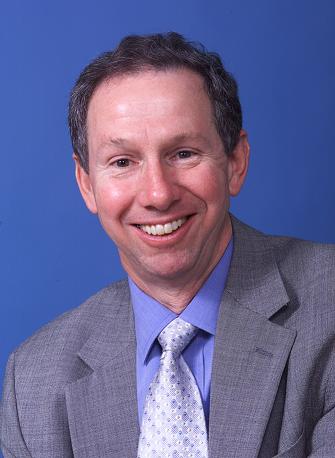Over the past year, NASA has continued to advance the vision of conquering space in each of the agency's mission administrations.
Tal Inbar, Barcelona, special to the science site

A conference dealing with the future space programs opened today in Barcelona, Spain. Here are the things that NASA Administrator Michael Griffin is supposed to deliver tomorrow, Tuesday.
Over the past year, NASA has continued to advance the vision of conquering space in each of the agency's mission administrations. The flight of the space shuttle Discovery in July 2006 marks the end of test flights for reentry programming and transition to regular flights, as well as returning the size of the International Space Station crew to three people. The astronauts on Atlantis flight STS-115 continued to assemble the space station. NASA has made great discoveries with Cassini locating methane lakes on Saturn's moon Titan, and there are also first results from the Spitzer Space Telescope regarding dark matter. In addition, the two robotic explorers on Mars, Spirit and Opportunity, continued their research for over 830 days beyond the planned 90 days.
The Aeronautics Research Administration has refocused long-term investment in breakthrough basic technology in traditional areas of aeronautics. In August 2006, the Discovery Systems Mission Administration appointed Lockheed Martin as the prime contractor for the construction of the passenger spacecraft, and also named this spacecraft Orion. In December we started mapping the strategies of the new architectures with an initial focus on the moon.
Your review will provide the data on many of these achievements and future activities.
* Tal Inbar participates in the Space Congress as a representative of the Fisher Institute for Strategic Studies of Aviation and Space.
Today the International Astronautical Congress opens in Valencia, Spain.
Semyon Semyonov
"Every year the International Astronautical Federation (IAF), the largest and most important international organization in the world in the field of space, holds its annual conference. The conference is held every year in a different country. Around this week-long convention, other scientific conventions are also held and the highlight is an international space exhibition. This exhibition is the largest of its kind intended only for space subjects and is attended by all the world's leading space industries, space agencies and well-known research institutions.
The conference deals with all aspects of space exploration and includes more than 1400 lectures and presentations of articles in every possible field of space, including launchers, spacecraft, mission management, future space programs, etc.
explains Tal Inbar, a senior researcher at the Fisher Institute for Strategic Air and Space Research, who also represents the State of Israel at this conference.
All of Israel is represented by 5 lecturers with 7 lectures: Prof. Moshe Gelman and Mr. Dimitri Pisarovski from the Technion, Mrs. Daganit Pikovsky from Tel Aviv University, Daniel Rosenberg from the Aerospace Industry, and as mentioned Tal Inbar [1,2,3] (the links are to the articles submitted to the conference. To view all the articles.).
Reports from the conference will appear in the space and satellites forum (which is managed by Inbar) on the Tapuz portal, on the "Hidan" website, and on the blog: Hayad: Space.
Article 1 of 3 by Tal Inbar
Article 2 of 3 by Tal Inbar
Article 3 of 3 by Tal Inbar
to the Congress website
https://www.hayadan.org.il/BuildaGate4/general2/data_card.php?Cat=~~~597325066~~~183&SiteName=hayadan
